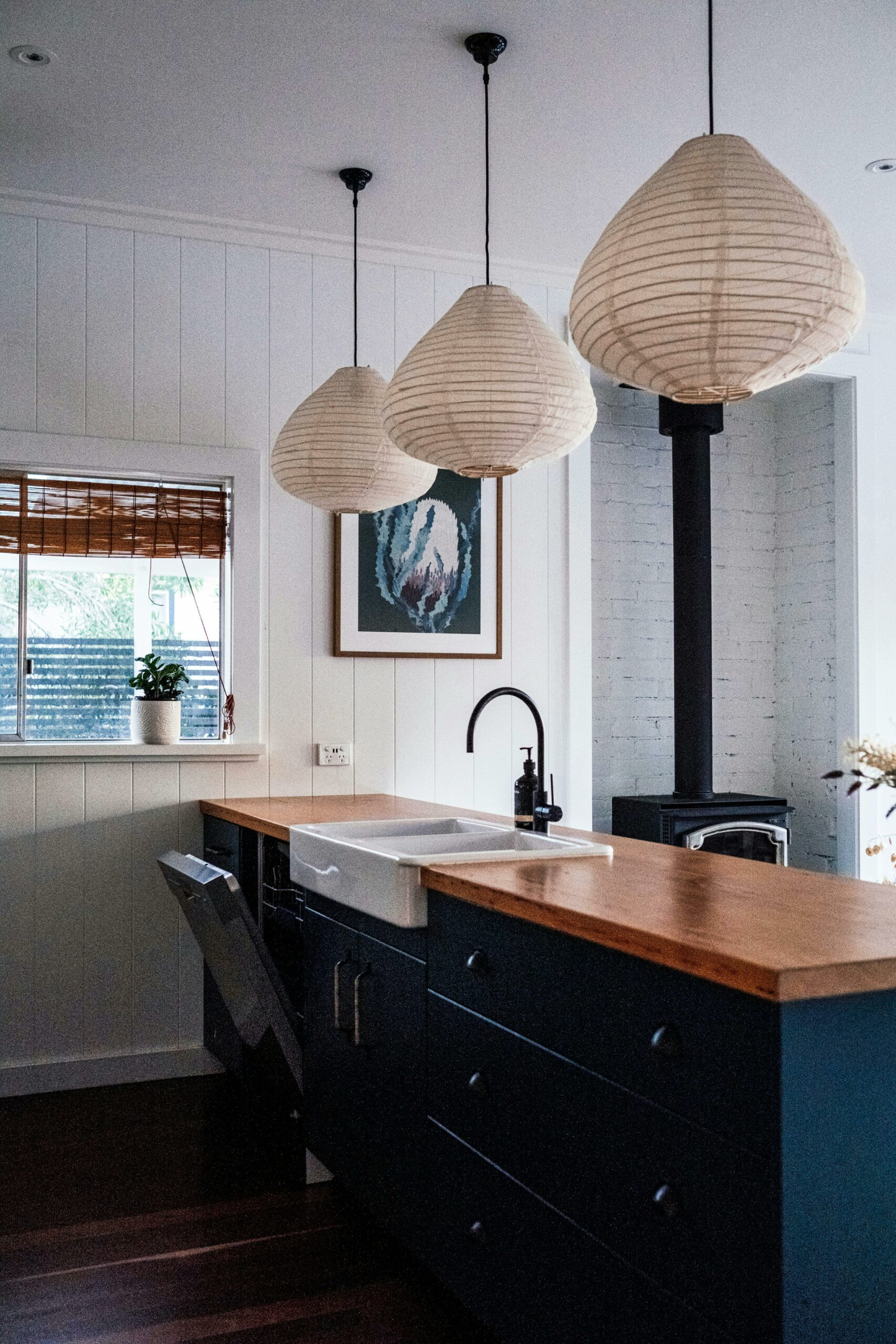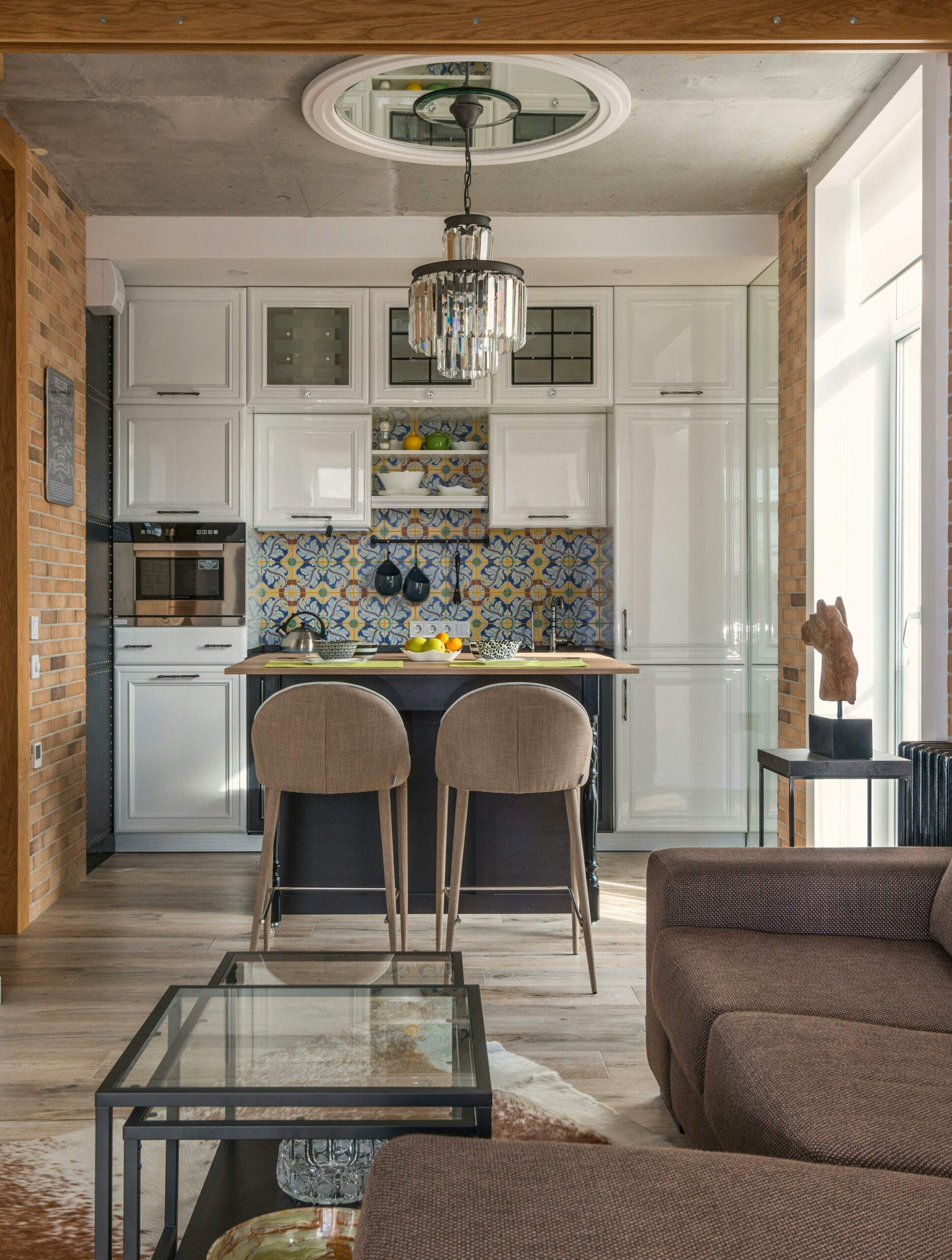The bathroom is an indispensable part of our daily lives, and yet its terminology and nuances often go unnoticed or misunderstood.
Among the numerous terms used in the realm of bathrooms, one that frequently piques curiosity is “WC.”
From its origins to its modern-day implications, understanding the significance of WC in the bathroom unveils a narrative of evolving sanitation practices and societal norms.
So, let’s clarify what does WC mean In the bathroom.
The Origin of WC
Historical background on the term
The term “WC” holds a rich history that dates back to the 18th century.
It originated as an abbreviation for “water closet,” a phrase coined by the French.
The concept of a water closet, or cabinet de toilette, can be traced back to the Renaissance era when it was common for wealthy households to have private rooms dedicated to personal hygiene.
These rooms were equipped with basic plumbing systems that allowed waste to be flushed away using water.
French origins – “water closet”
The French were pioneers in developing advanced sanitation systems, and their influence on modern bathroom terminology is undeniable.
The term “water closet” was first used in France during the 17th century, referring to small rooms or cabinets where individuals could attend to their sanitary needs in private.
These early iterations of water closets featured rudimentary flushing mechanisms powered by gravity and were often located within aristocratic residences.
Variations in WC Design and Technology
Dual-flush toilets have emerged as eco-friendly solutions for water conservation.
With separate buttons or handles for solid waste (full flush) and liquid waste (half flush), they allow users to choose an appropriate flushing option based on their needs.
By reducing unnecessary water usage, dual-flush toilets contribute to sustainable practices and cost savings.
In response to concerns about clogs and ineffective flushing, pressure-assisted flush systems were introduced.
These systems utilize pressurized air or water in conjunction with gravity to create a forceful flushing action, effectively clearing waste from the bowl with fewer instances of blockages.
Pressure-assisted flushes offer increased efficiency while maintaining water-saving benefits.

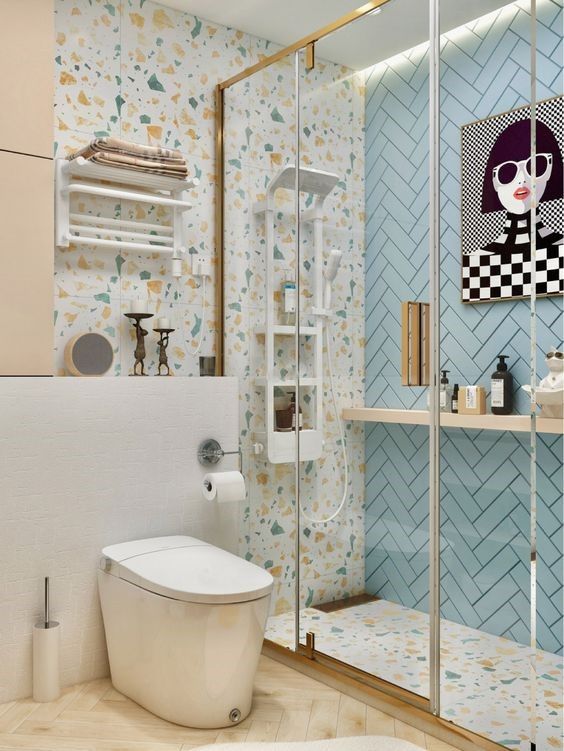

Smart Toilets with Advanced Features
One of the key highlights of smart toilets is their bidet functions which provide various options for water cleansing after using the WC.
Users can customize adjustable water temperature and pressure according to personal preferences or even switch between cleansing modes such as oscillating or pulsating sprays.
Bidet functions not only promote improved cleanliness but also offer a refreshing and soothing experience.
- Adjustable water temperature and pressure: Smart toilets allow users to adjust the temperature of the cleansing water, ensuring comfort during use. Additionally, they offer control over water pressure, allowing individuals to personalize the intensity of the cleansing spray according to their liking. This level of customization ensures a pleasant and tailored experience for each user.
- Air drying capabilities: Some smart toilets incorporate air drying capabilities, eliminating the need for toilet paper. After using the bidet function, warm air is gently blown providing a hands-free and hygienic drying option. This feature not only reduces paper waste but also promotes sustainability and hygiene.
- Deodorizing features: Smart toilets often feature built-in deodorizing systems that utilize activated carbon filters or other odor-neutralizing technologies to eliminate unwanted smells.
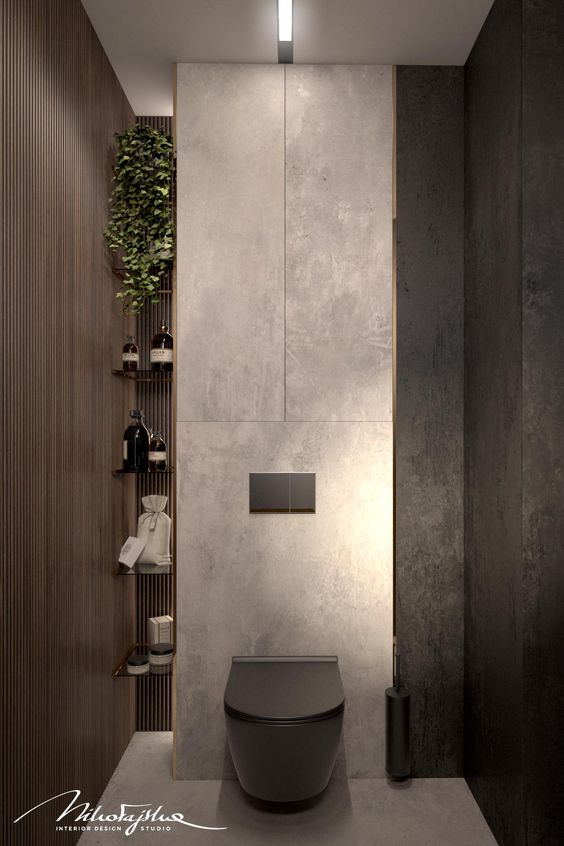

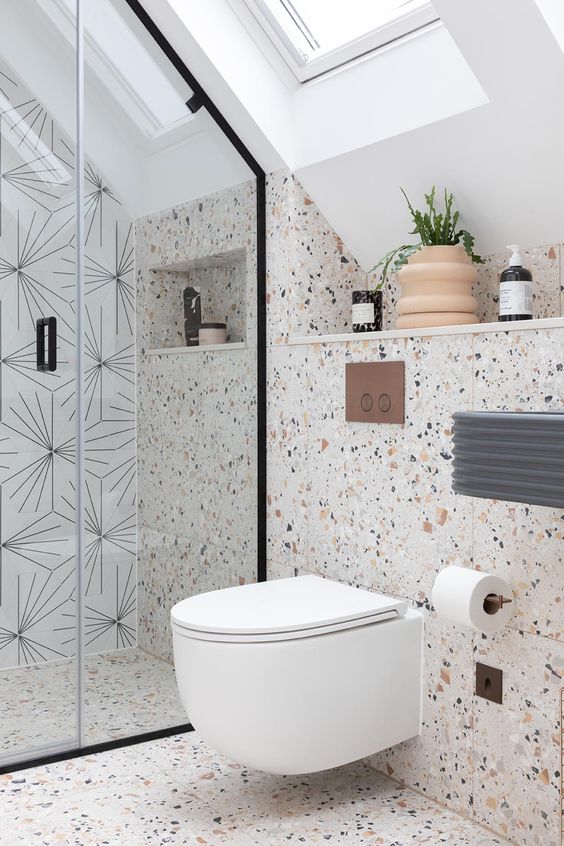
In conclusion, understanding the significance of WC in the bathroom unveils its historical roots and modern implications.
Beyond its abbreviation lies a narrative of evolving sanitation practices and societal norms.
WC represents not just a functional fixture, but a symbol of privacy, inclusivity, and progress in restroom design.
Whether denoting a water closet or simply a toilet, its presence reflects our collective pursuit of hygiene and convenience.

